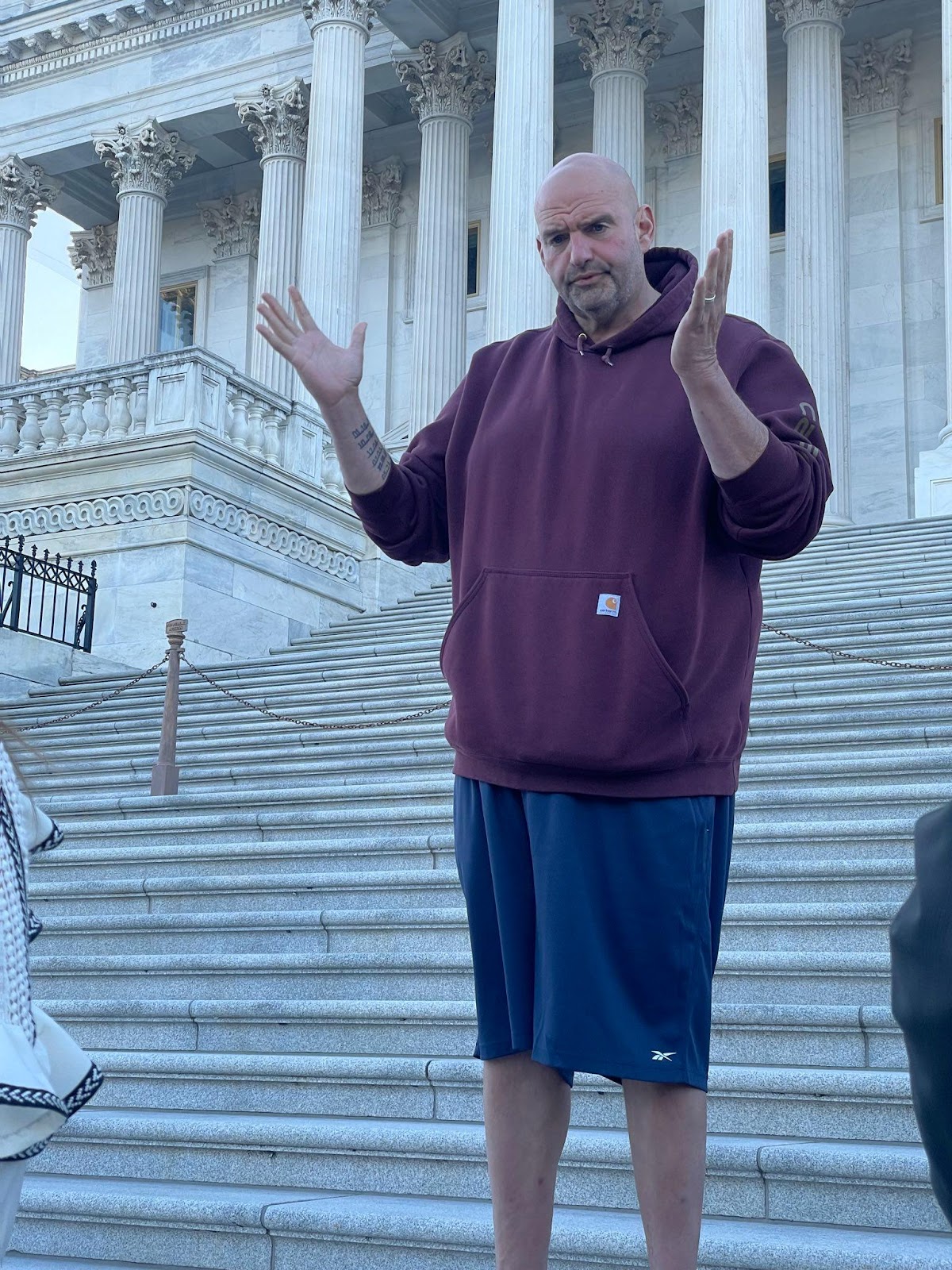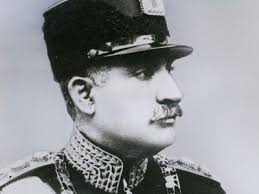In 1997, the Italian novelist Umberto Eco wrote an essay titled "Ur-Fascism" describing the 14 characteristics of fascism. His little book How to Spot a Fascist was published in 2011 in English. The "Ur-Fascism" essay is the first of three in the slim volume. I read it last month as many countries around the world flirt with electing fascist dictators.
In the essay, Eco is clear that while Nazis are fascists, not all fascists are Nazis. The Nazi regime had a clear, horrible, ideology. Fascists can have an ideology, but they can also change ideologies as needed. Mussolini did not persecute Jews until his Nazi allies became his overlords. Then he deported Italian Jews to death camps.
Eco was born in fascist Italy under the rule of Mussolini in 1932 living most of his childhood in a nation at war, then in a defeated nation after the war. He saw fascism in triumph and utter defeat.
Reading Eco's list, it will be very easy to see Vladimir Putin, Victor Orban, and Erdogan of Turkey. It is just as easy to see Donald Trump, but only as a wannabe.
Trump is a coward. His cowardice saved America in 2021 when any would-be dictator with a pair of balls would have walked to the Capital with his mob and taken over on the spot.
Trump allowed himself to be led back to his TV and snacks. If he gets in power again, we may not be so lucky. His rage for revenge may overpower his cowardice.
The 14 Characteristics of Fascism:
1. The cult of tradition. “One has only to look at the syllabus of every fascist movement to find the major traditionalist thinkers. The Nazi gnosis was nourished by traditionalist, syncretistic, occult elements.”
2. The rejection of modernism. “The Enlightenment, the Age of Reason, is seen as the beginning of modern depravity. In this sense Ur-Fascism can be defined as irrationalism.”
3. The cult of action for action’s sake. “Action being beautiful in itself, it must be taken before, or without, any previous reflection. Thinking is a form of emasculation.”
4. Disagreement is treason. “The critical spirit makes distinctions, and to distinguish is a sign of modernism. In modern culture the scientific community praises disagreement as a way to improve knowledge.”
5. Fear of difference. “The first appeal of a fascist or prematurely fascist movement is an appeal against the intruders. Thus Ur-Fascism is racist by definition.”
6. Appeal to social frustration. “One of the most typical features of the historical fascism was the appeal to a frustrated middle class, a class suffering from an economic crisis or feelings of political humiliation, and frightened by the pressure of lower social groups.”
7. The obsession with a plot. “Thus at the root of the Ur-Fascist psychology there is the obsession with a plot, possibly an international one. The followers must feel besieged.”
8. The enemy is both strong and weak. “By a continuous shifting of rhetorical focus, the enemies are at the same time too strong and too weak.”
9. Pacifism is trafficking with the enemy. “For Ur-Fascism there is no struggle for life but, rather, life is lived for struggle.”
10. Contempt for the weak. “Elitism is a typical aspect of any reactionary ideology.”
11. Everybody is educated to become a hero. “In Ur-Fascist ideology, heroism is the norm. This cult of heroism is strictly linked with the cult of death.”
12. Machismo and weaponry. “Machismo implies both disdain for women and intolerance and condemnation of nonstandard sexual habits, from chastity to homosexuality.”
13. Selective populism. “There is in our future a TV or Internet populism, in which the emotional response of a selected group of citizens can be presented and accepted as the Voice of the People.”
14. Ur-Fascism speaks Newspeak. “All the Nazi or Fascist schoolbooks made use of an impoverished vocabulary, and an elementary syntax, in order to limit the instruments for complex and critical reasoning.”



















